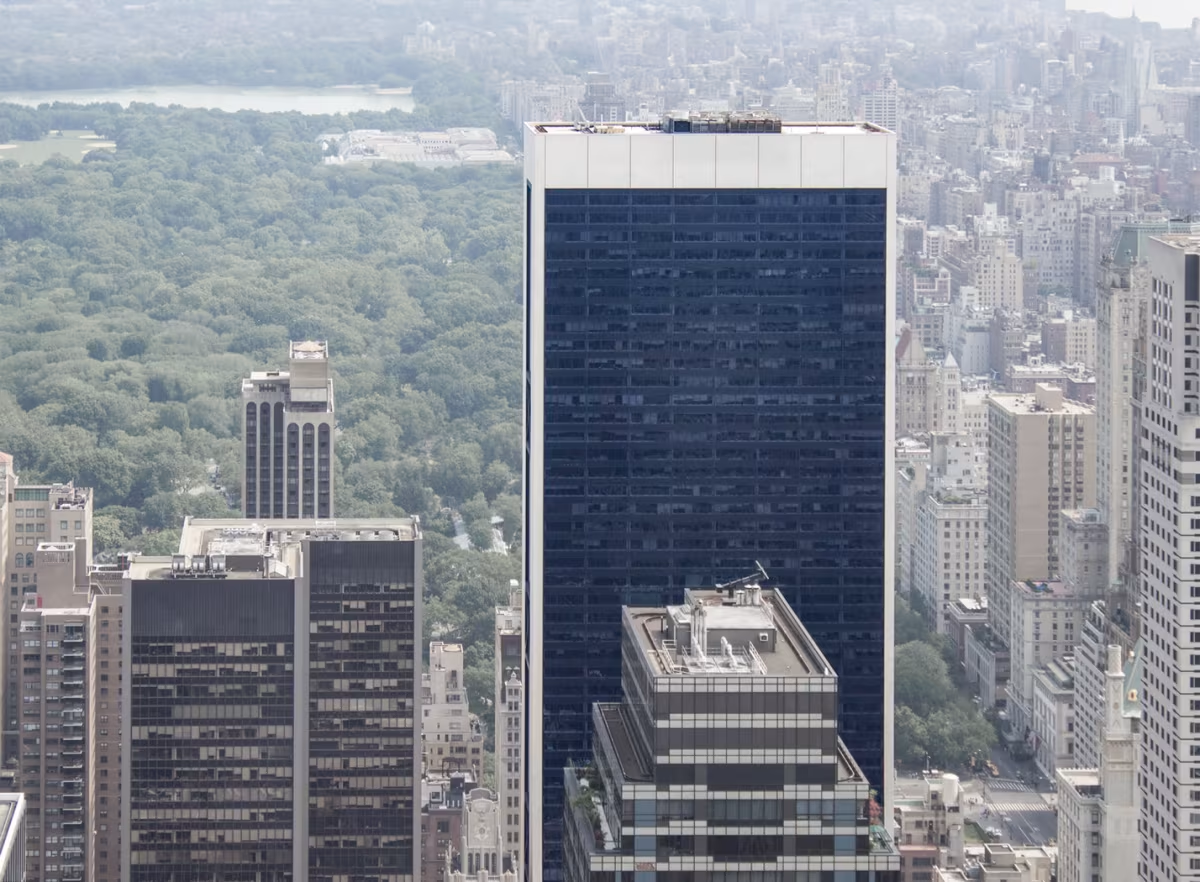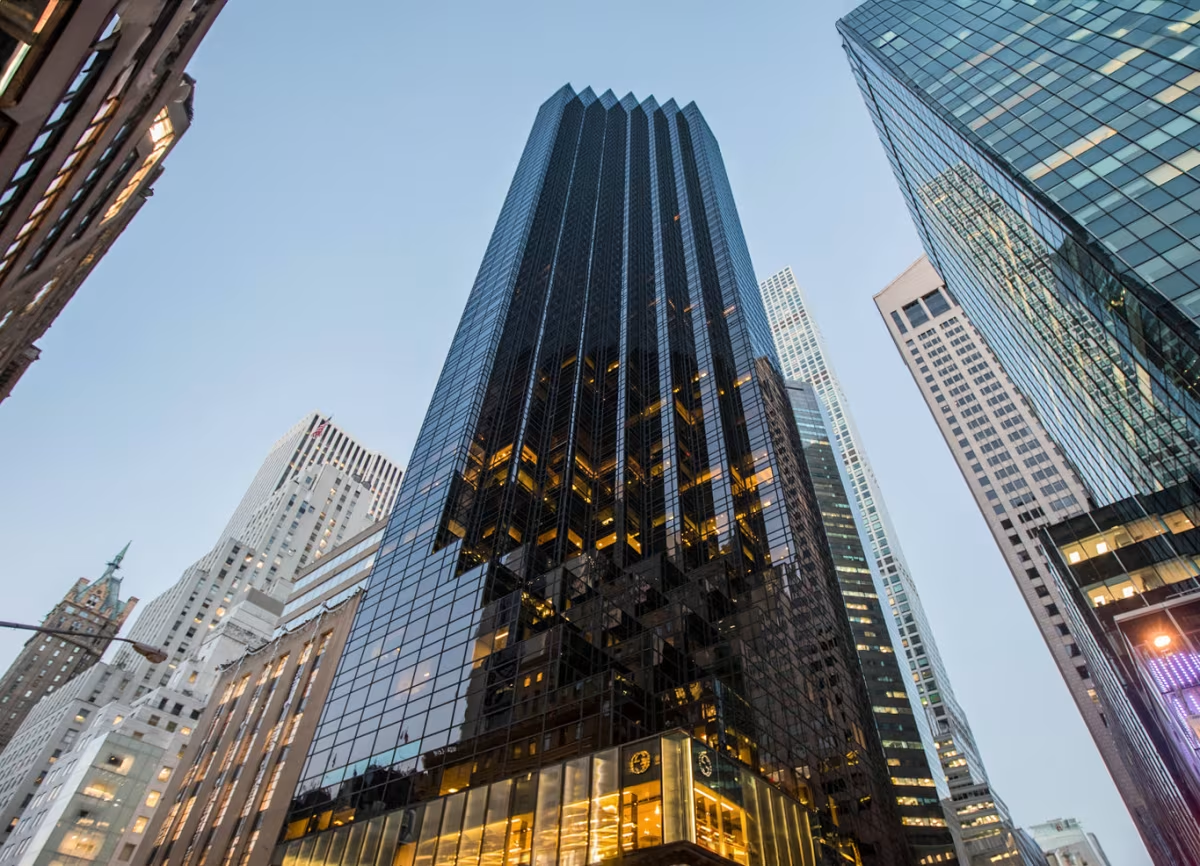Solow Building vs Trump Tower


Comparing the Solow Building and the Trump Tower is interesting because they both rise in New York, NY, yet they were conceived by two different design teams, Skidmore, Owings & Merrill and Swanke Hayden Connell Architects, and were completed at different points in time. They were finished more than 9 years apart.
This contrast within the same city allows us to see how different creative minds interpreted the evolving needs of New York across time.
Let's take a closer look!
Height & Size
These two towers present an interesting contrast in their proportions. The Solow Building rises higher at 673ft (205m), while the Trump Tower reaches 663ft (202m). However, the Trump Tower accommodates more floors with 58 levels above ground, compared to 49 floors in the Solow Building.
This suggests different approaches to interior space design. The Solow Building has an average floor-to-floor height of approximately 4.2m, while the Trump Tower has more compact floors averaging around 3.5m each. The taller building's more generous floor heights might indicate grander interior spaces, higher ceilings, or different programmatic requirements.
These different proportions likely reflect the specific needs each building was designed to serve, whether driven by zoning regulations, client requirements, or the intended use of the spaces within. The contrast shows how architects can achieve different spatial experiences even when working with similar overall building scales.
Architectural Style
Both the Solow Building and the Trump Tower were designed in line with the aesthetic conventions of the Modern style.
Both buildings were completed when the Modern style was already past its peak. This makes them feel like late echoes of the movement, more reflective of continuity or nostalgia than of cutting-edge design at the time.
Uses
The Trump Tower follows a mixed-use model, combining residential, commercial and retail. In contrast, the Solow Building has remained primarily commercial.
The Trump Tower offers 263 residential units.
Structure & Facade
The two towers rely on different structural systems, reflecting distinct engineering strategies.
The Solow Building uses a Trussed Frame structural system, which uses diagonal bracing in addition to beams and columns for stability, while the Trump Tower uses a Frame system, that relies on a regular grid of columns and beams to sustain its weight.
Yet, when it comes to their facade, they both employed the same solution, a Curtain Wall facade.
A curtain wall is a non-load-bearing facade hung from the structural frame. It is anchored to floor slabs and transfers only its own weight and wind loads, allowing for sleek, glassy exteriors.
| Solow Building | Trump Tower | |
|---|---|---|
| Skidmore, Owings & Merrill | Architect | Swanke Hayden Connell Architects |
| 1968 | Construction Started | 1980 |
| 1974 | Year Completed | 1983 |
| Modern | Architectural Style | Modern |
| Commercial | Current Use | Mixed |
| 49 | Floors Above Ground | 58 |
| 205 m | Height (m) | 202 m |
| 34 | Number of Elevators | 34 |
| Trussed Frame | Structure Type | Frame |
| Steel | Vertical Structure Material | Concrete |
| Concrete And Steel | Horizontal Structure Material | Steel And Concrete |
| No | Facade Structural? | No |
| Glass, Marble, Aluminium | Main Facade Material | Glass |
| Solow Construction Co. | Main Contractor | HRH Construction |
| Solow Development Corporation | Developer | Trump Organization |
| Weidlinger Associates | Structural Engineer | WSP Cantor Seinuk |
| NY | State | NY |
| New York | City | New York |
| 9 West 57th Street | Address | 721 5th Avenue |